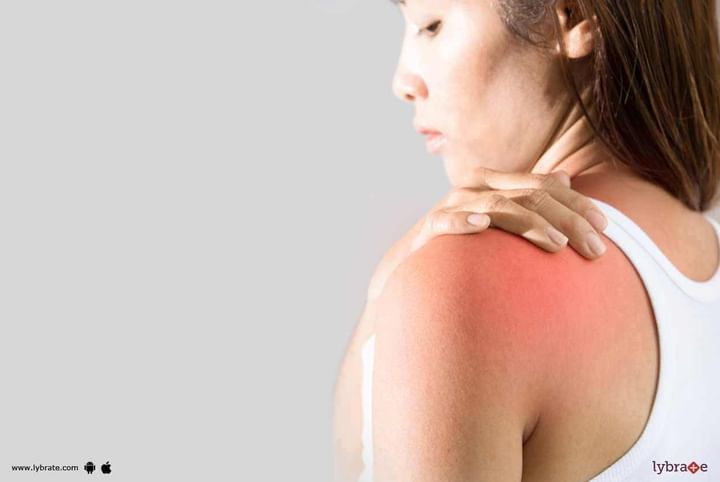Arthroscopic Rotator Cuff Repair - Know Vital Information About It!
Rotator cuff constitutes the muscles and tendons that hold the shoulder in position. It is a crucial component of the shoulder as it helps in lifting the arm to complete any task. Repetitive actions, deterioration with age or an outstretched hand can lead to a sudden tear.
4 Important Things To Know About Rotator Cuff Repair -
An injured rotator cuff can be repaired surgically. Arthroscopy and open surgery are among the techniques used to fix a tear of the rotator cuff surgically. An arthroscope is a tube-shaped apparatus made of a system of lenses, a light and a small video camera. The camera is linked with a monitoring system to view a joint via a tiny incision.
1. Before the surgery:
Blood tests and other diagnostic tests might be carried out by a healthcare provider to ensure that the patient is in good health prior to the procedure.
2. Things to inform the healthcare provider before the surgery-
The healthcare provider must be informed of a few things prior to the surgery:
- Details of allergy or reaction to latex, any medicines, tape or anaesthetic agents
- Information related to bleeding disorders or the intake of anticoagulant or blood-thinning medicines
3. Details of the procedure:
During the rotator cuff repair procedure, anaesthesia is administered as per the patient`s requirement. The details of the procedure are mentioned below:
- The patient is made to wear a gown.
- An intravenous (IV) line is started on the arm of one of the hands.
- The anaesthesiologist monitors various aspects such as the blood pressure, heart rate and blood oxygen level of the patient throughout the procedure.
- The skin above the surgical site is then cleansed, using an antiseptic solution.
- An incision is made in the shoulder area as per the kind of surgical procedure required such as open surgery or an arthroscopy.
- The arthroscope is then inserted via the incision.
- A graft tendon will be taken from another part of the patient’s body to repair the wounded tendons and muscles.
- Stitches or surgical staples are used to close the incisions after which a sterile bandage or dressing is applied.
4. After the procedure:
- The sensation on the arm is monitored after the procedure. The patient can go home once his/her pulse, blood pressure and breathing are stable.
- The surgical area must be kept dirt-free and dry after the procedure. A pain reliever is usually prescribed for soreness.
- Arthroscopic rotator cuff repair is an effective treatment if a patient is not satisfied with alternative medical treatments, such as anti-inflammatory medicines and steroid injections. The procedure is usually done as part of the patient’s stay in a hospital or on an outpatient basis.



+1.svg)
